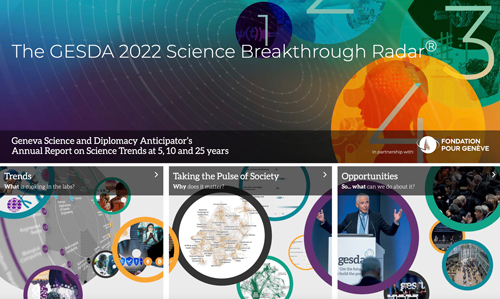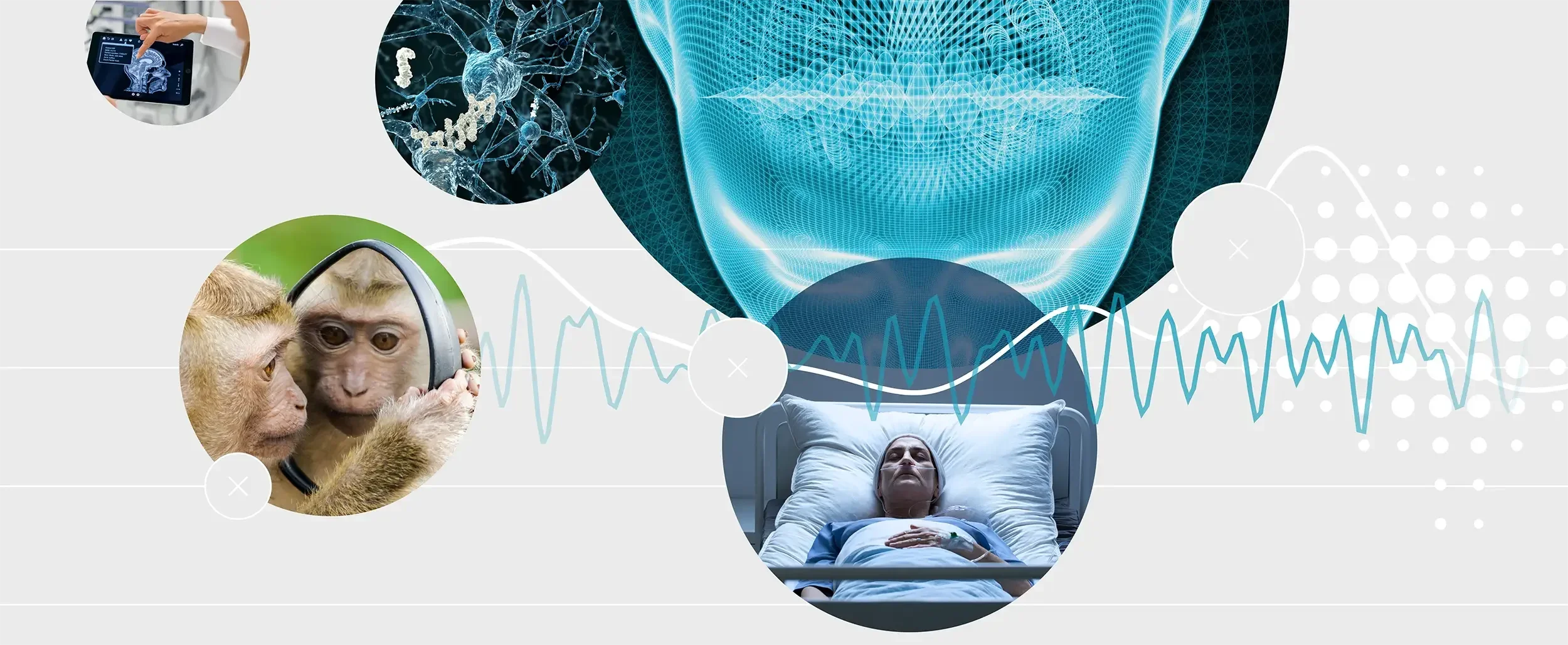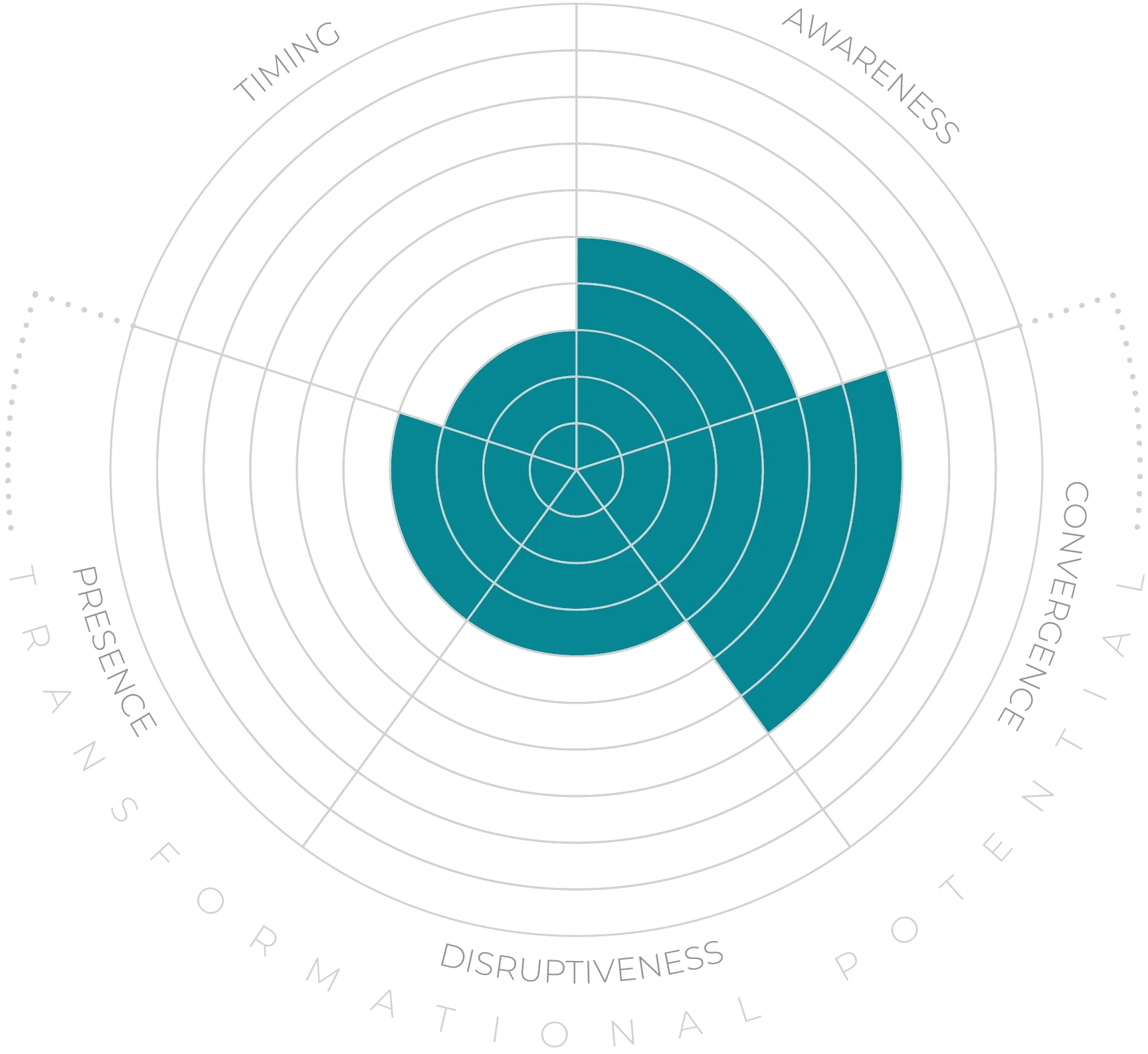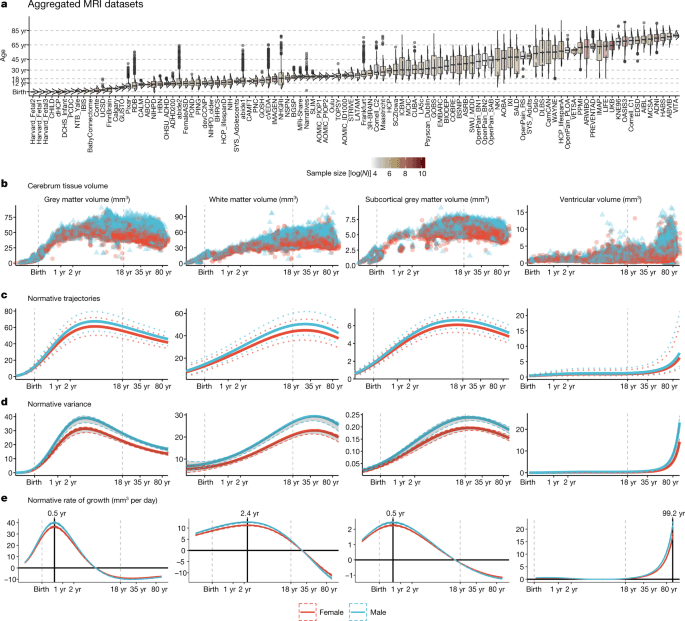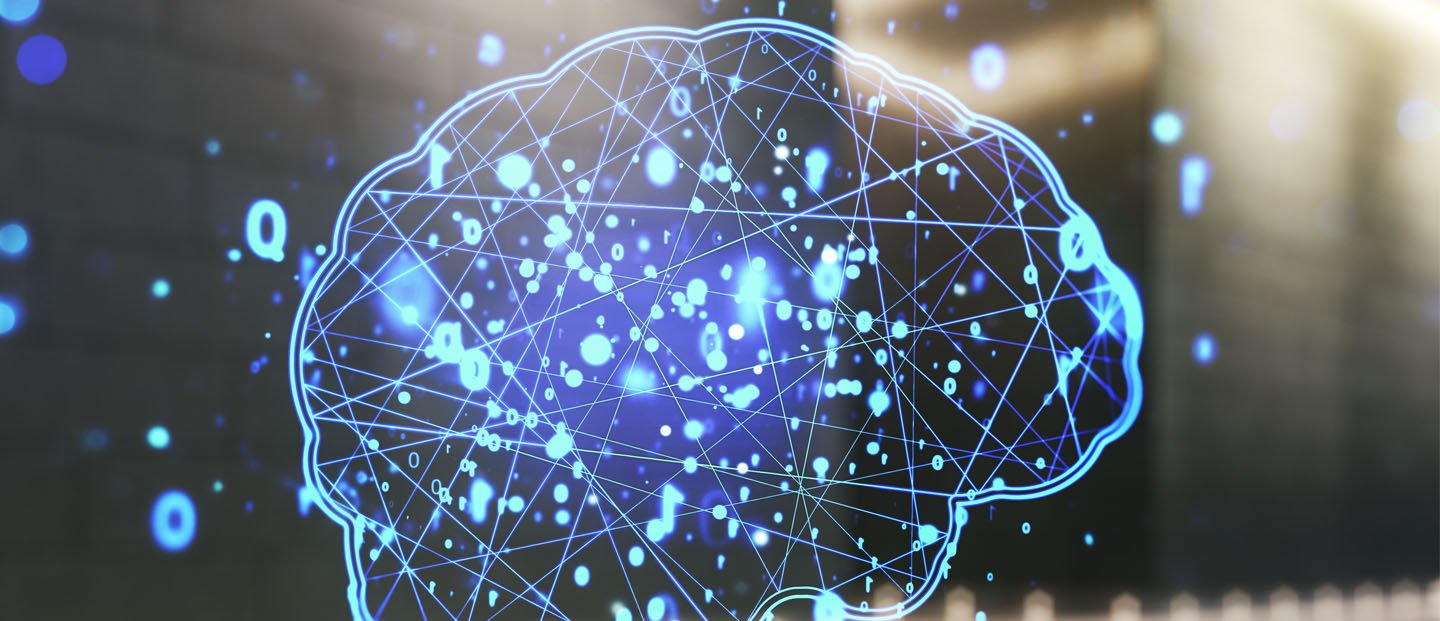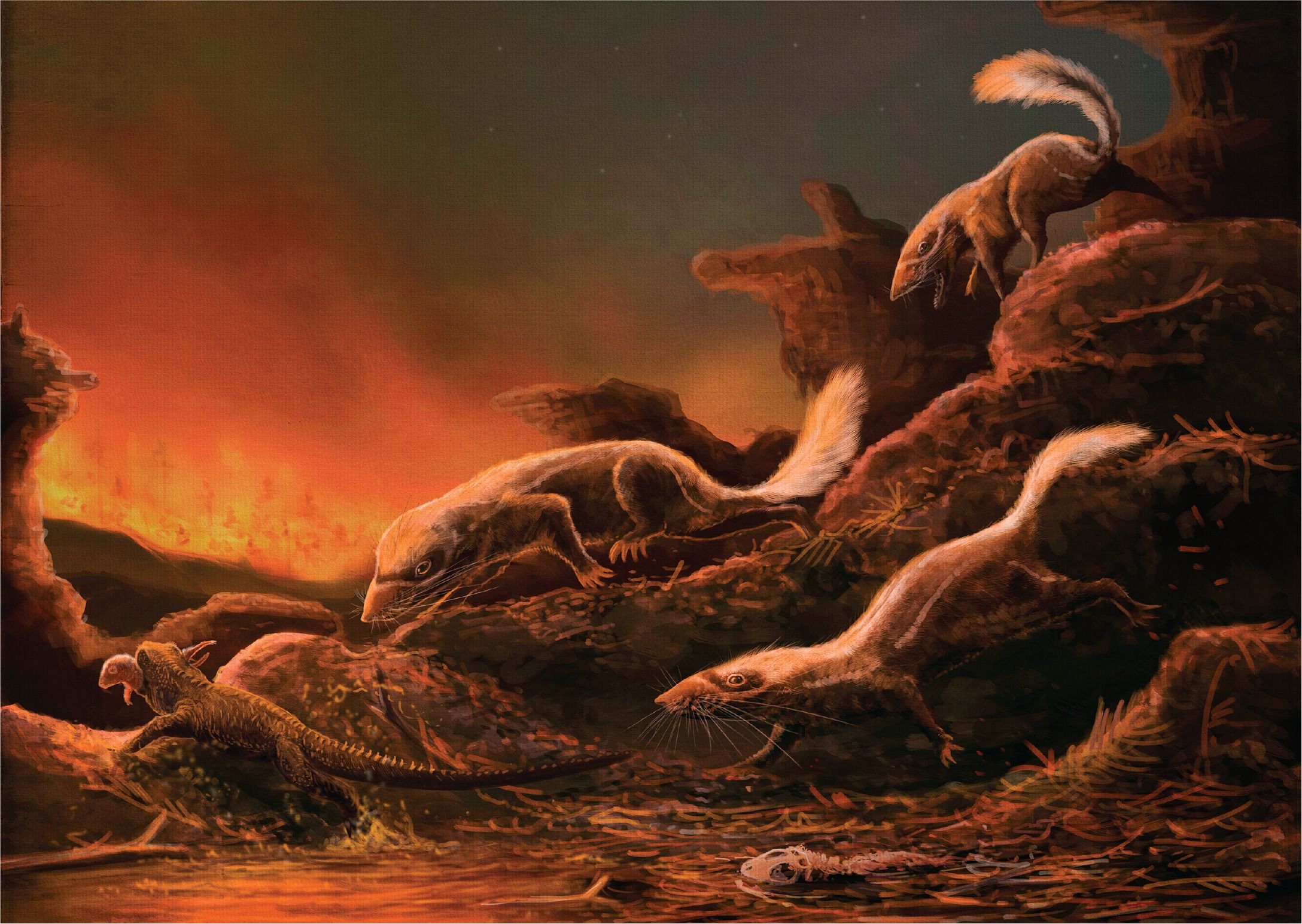Although there is no granular understanding of which circuits are implicated in consciousness, a diagnostic tool based on EEG has been able to differentiate between a vegetative state and a minimally conscious state.2 EEG can identify candidates for brain-machine interface placement despite minimal responsiveness.3 Other technologies may detect and assess early memory loss in Alzheimer’s, helping guide treatment and care.4 Deep learning is now enabling faster progress in these types of assessments,5 even distinguishing between different kinds of states in a patient under anaesthesia.6
Such work could help with fundamental science, identifying areas of interest for probing the neural correlates of consciousness. Chinese Academy of Sciences researchers, for instance, are looking at neural circuits associated with specific aspects of consciousness — notably self-awareness — in macaque brains.7 An understanding of the circuit basis of consciousness could help quantify specific aspects lacking, and thereby point to the best intervention in consciousness disorders.8 Furthermore, such investigations and analyses may help us to find a generalisable definition of consciousness.9
